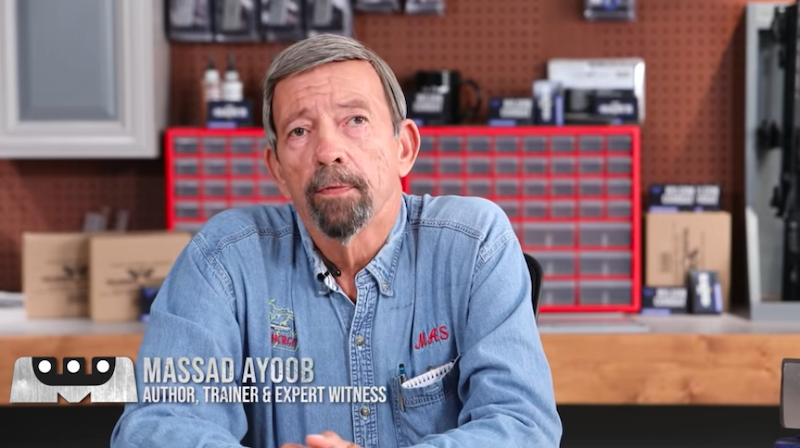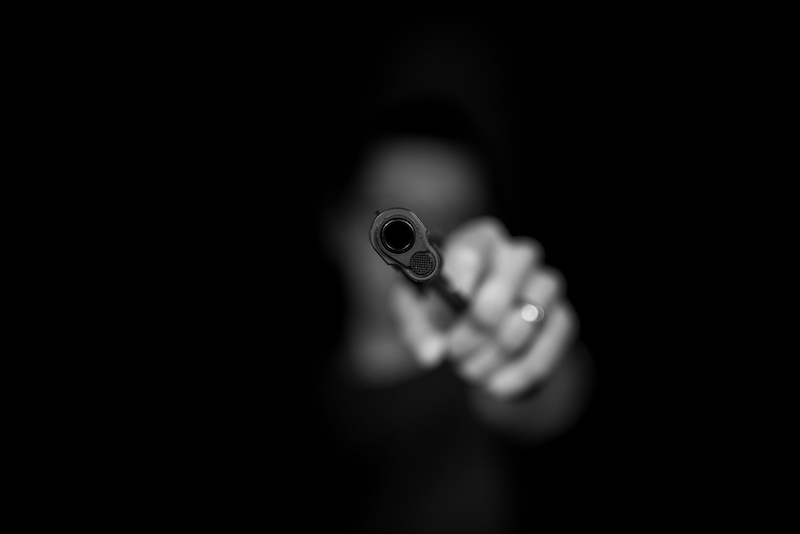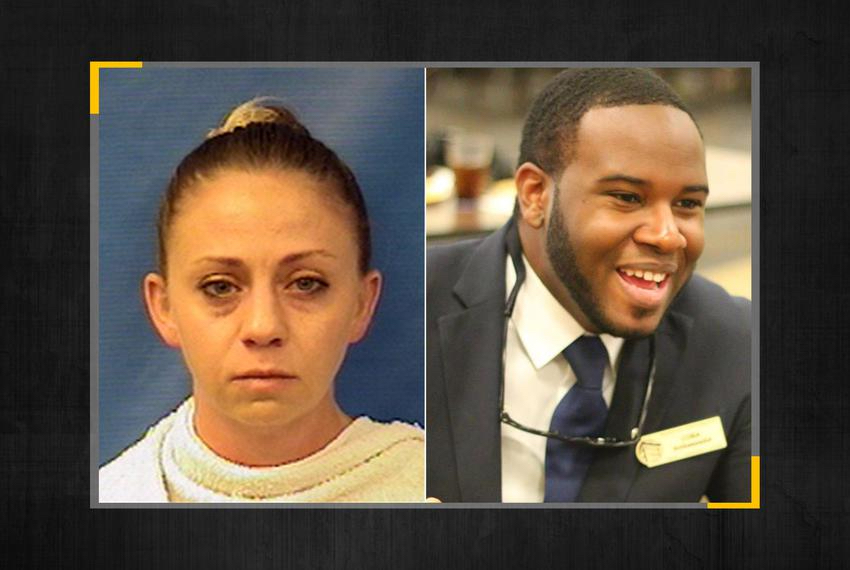The idea of “Shoot to Kill” versus “Shoot to Stop” has been debated and discussed for years now. But which is the proper, legal approach for use of a firearm? Massad Ayoob, author, trainer, and expert witness takes on this discussion for Wilson Combat’s Critical Mas video. Here’s what he had to say.
Massad has been an expert witness for weapons and shooting cases since the late 1970s and has some big points to make regarding the two phrases in question. To him, the first phrase, “Shoot to Kill” is an extremely toxic line for the legal world and lies in the basic misunderstanding in firearm law.
For Massad, the correct phrase is “Shoot to Stop”, not to kill. Unfortunately, lots of shooters and the like think that it should be “… to kill”. He says that those individuals who use the line “Shoot to kill” have never been to court except to pay a traffic ticket.

Mr. Ayoob elaborates further, saying that words have strong meanings and that it all essentially comes down to purpose in the incident. He says that if you should find yourself in a situation where you are in court for a self-defense shooting, you will need to set up an affirmative defense, basically stipulating that you did shoot. But don’t freak out about admitting to the shooting. His thought process is that you shot someone as a justifiable means of defense of yourself or someone else from violence.
The purpose of the shooting is what will be debated, and you will need to say why you did what you did. Massad is quick to point out that if you slip up and say you shot to kill, or are tricked into saying the phrase, that is seen as the purpose of the shooting and is not seen as a defense in the courtroom by the judge or jury.

In the courtroom, there is the prosecutorial burden by establishing mens rea, or the guilty mind. They have you show that you acted with criminal intent or that you acted with negligence to gross or culpable standard. It all comes down to the purpose of the shot, to protect you or other innocent parties from criminal violence. That’s why it is important to use the line “Shoot to Stop”. Even saying that you were shooting to wound or that you were trying to wound them, because that would show that you used deadlier force than allowable and could lead to a manslaughter conviction, according to Ayoob.
You don’t say that you shoot to kill, essentially admitting the purpose is to end the other person’s life. A prime example of this is the State of Texas vs. Amber Guyer. Guyer was a Dallas police officer and she lived in one of those buildings where the apartment layouts were all the same. The incident happened after she came home after a double shift serving warrants and was tired. She parked on a different level of the parking garage than usual and took the elevator up to her apartment.

Only, it wasn’t her floor. She had inadvertently gotten off the elevator on the wrong floor. She walked to what she thought was her apartment and found the door slightly ajar. When she looked in she saw a large man inside, Botham Jean, and he started coming towards her yelling hey. Guyger, still in uniform, pulled her service weapon and fired two shots, striking the young man in the apartment. Only after the shooting did she realize it was the wrong apartment.
Massad explains that he had some issues with how her defense handled her case; everything is clear with hindsight, he says. When she took the stand, she admitted that she had shot to kill, and the prosecution took that phrase and ran with it. They put great emphasis on that one phrase, and she was convicted of murder and sentenced to several years in prison.

They tried to appeal the conviction, but the appeals court denied the motion and said that she had confessed to the intent to kill, or mens rea. This is just one good example of how that one phrase can seal your fate, in a bad way.
In closing, Massad said that if you ever find yourself in a similar situation, you will be asked why you carry a weapon when most people don’t see the need. He says your answer should be that the firearm is just emergency safety rescue equipment and that its function is analogous to a fire extinguisher. We carry the gun to stop the threat and when the time comes, we pull the trigger. But only to stop the threat. We only “Shoot to Stop” and if someone says otherwise, Ayoob says we have an ethical obligation to correct them.


